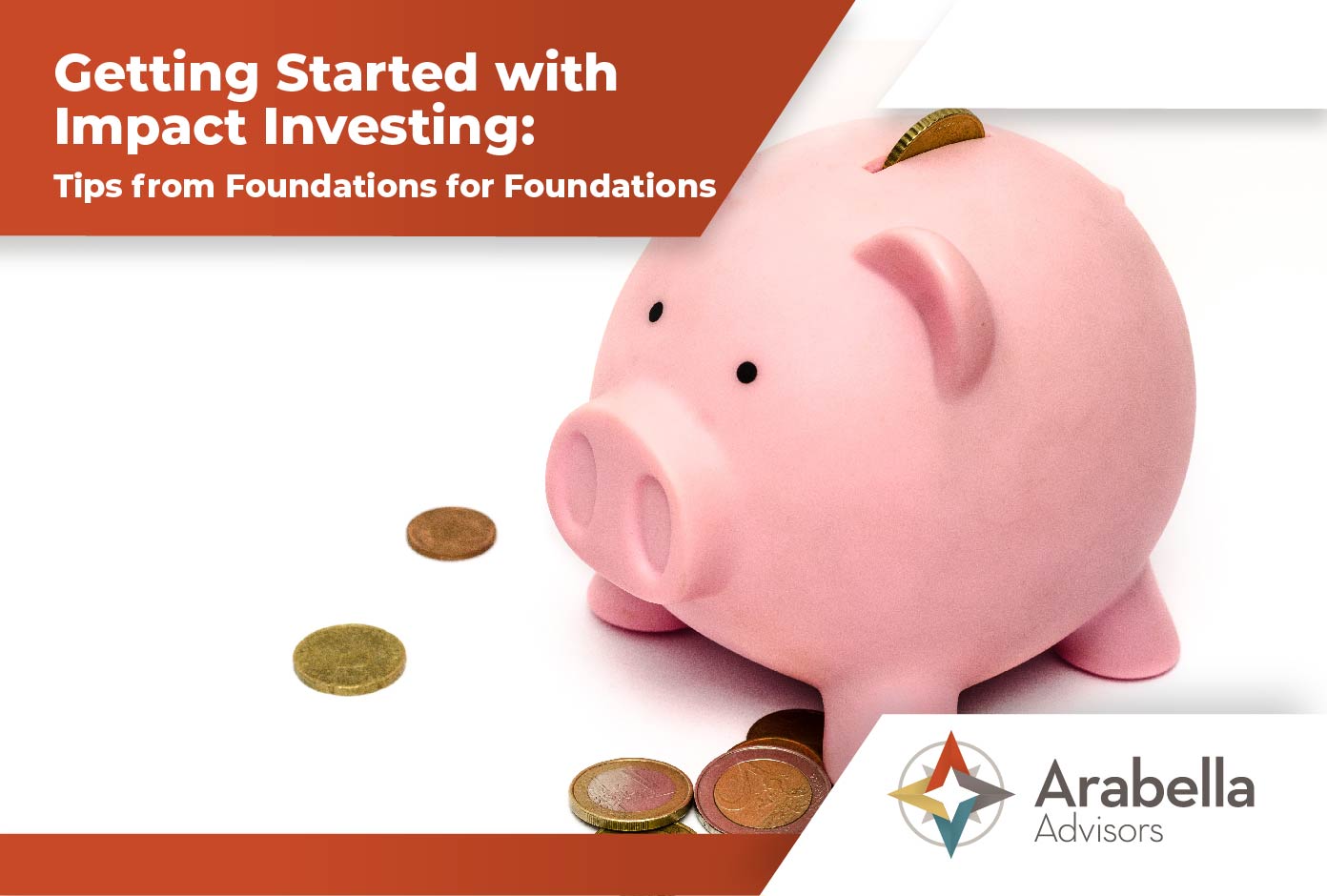Getting Started with Impact Investing: Tips from Foundations for Foundations

No matter the size or sophistication of your foundation, impact investing can play a role in amplifying your impact on the issues that matter to you. From supporting affordable housing, to advancing racial and gender equity, strengthening local economies, and sustaining the arts, your foundation can deliver an exponentially greater impact by integrating impact investing than by solely relying on distributing your five-percent grant allocation.
Over the past year, I have spoken with dozens of foundation directors, staff members, and board members who are interested in integrating loans, loan guarantees, and equity investments into their impact portfolio but are struggling to get started. To help them, I invited four friends to join me in offering a case-based discussion of ways that foundations began impact investing. You can watch the webinar here and can download the presentation deck here.
Presenters included two Texas-based foundation leaders who have successfully integrated impact investing into their foundation’s ongoing operations: Mallory Muse, one of the leaders of the Muse Family Foundation in Dallas, and Neeraj Aggarwal, who guides mission investing for the Michael & Susan Dell Foundation in Austin. We also heard from two experts who have helped many donors become impact investors: Jonathan Blum, an attorney with Polsinelli, who spoke about the legal capabilities and challenges within this work; and my Arabella colleague Cyrus Kharas, co-lead of our impact investing practice, who offered some examples of work he has done with foundations to help them launch or expand their impact investing efforts.
While there are plenty of (overcome-able) reasons funders may hesitate to pursue impact investing, our speakers offered ways they have mitigated initial concerns, positioning foundations for triple- or double-bottom line success. Here are a few of the highlights of their conversation:
• Start where you are comfortable. Jonathan outlined a “spectrum of impact” from grants to investments that are focused on market-rate returns, and that all points in between offer places for foundations to achieve significant impact. One example of an easy way for a foundation to begin its impact investing journey is simply by moving its cash accounts to a social impact bank such as Amalgamated or a minority-owned bank such as Native American Bank. (For a good example of how a foundation has done this, check out the AJL Foundation’s blog on their own journey into this space.)
• Consider how impact investments and grants can complement one another. Mallory shared that while Muse’s grants have supported local schools, colleges, and educational organizations, it has used its investments to preserve and develop workforce housing. “We can throw grant dollars at educational initiatives, but if kids are coming home to unstable environments … then we are not moving the needle or supporting these families in the ways that they deserve,” she explained. In a way, Muse has now flipped its impact model to focus first on using the “left side of the balance sheet” to advance affordable housing and then employing grants to support wrap-around services that bolster the impact of those investments.
• Explore CDFIs as a first investment. Neeraj suggested that one way for grantmakers to get started with impact investing is by making program-related investments (PRIs) in nonprofit loan funds such as those operated by Kiva, Grameen America, JUST, or LiftFund. While stating clearly that he believed “grant making remains the most effective tool to effect impact,” he — like Mallory —advocated for a “blended approach” that integrated grants alongside impact investments. He also shared several examples of ways that new impact investors can benefit getting started on such an initiative, including ways that it can encourage them (and their grantees) to create a more “virtuous feedback loop” that taps the expertise from both sides while enabling each side to incorporate beneficiary feedback into their organizational design.
• Fiscal sponsorships can be an easy onramp for grant makers to get started with impact investing. Foundations with an historically strong divide between program officers and the investment team can often run into challenges with launching an impact investing initiative. One way such foundations can overcome those challenges is to use their grant-making budget to create a fund at a fiscal sponsor, such as the New Venture Fund, a 501(c)3 that Arabella supports, that can use those funds to provide loans and loan guarantees to both nonprofits and for-profits and can make equity investments in the latter. The capital returns to the fund itself, allowing it to operate a bit like a CDFI that can perpetually support a geography (such as a city or county) or even a specific issue area (such as providing capital to health clinics in rural areas that might otherwise lack health care access).
Thank you to our panelists for sharing their insights and to our guests who joined us with their own ideas and questions. If you have ideas to share or would like to learn more about how your foundation can get started with impact investing, please contact Jeremy Gregg.
